Aki Mäkivirta Interview – Number Ones
Genelec’s The Ones not only scooped the Best Monitor accolade at MusicTech’s Gear Of The Year Awards, but they also won the Reader Award for best hardware product. As the company celebrates its 40th anniversary this year, MusicTech talks to R&D director Aki Mäkivirta about the tech behind The Ones and the studios and producers […]
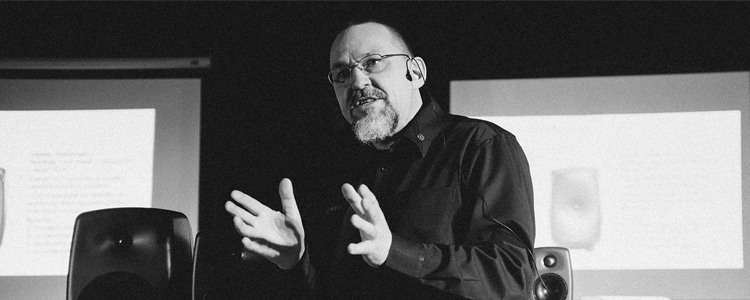
Genelec’s The Ones not only scooped the Best Monitor accolade at MusicTech’s Gear Of The Year Awards, but they also won the Reader Award for best hardware product. As the company celebrates its 40th anniversary this year, MusicTech talks to R&D director Aki Mäkivirta about the tech behind The Ones and the studios and producers using Genelec monitors around the world…
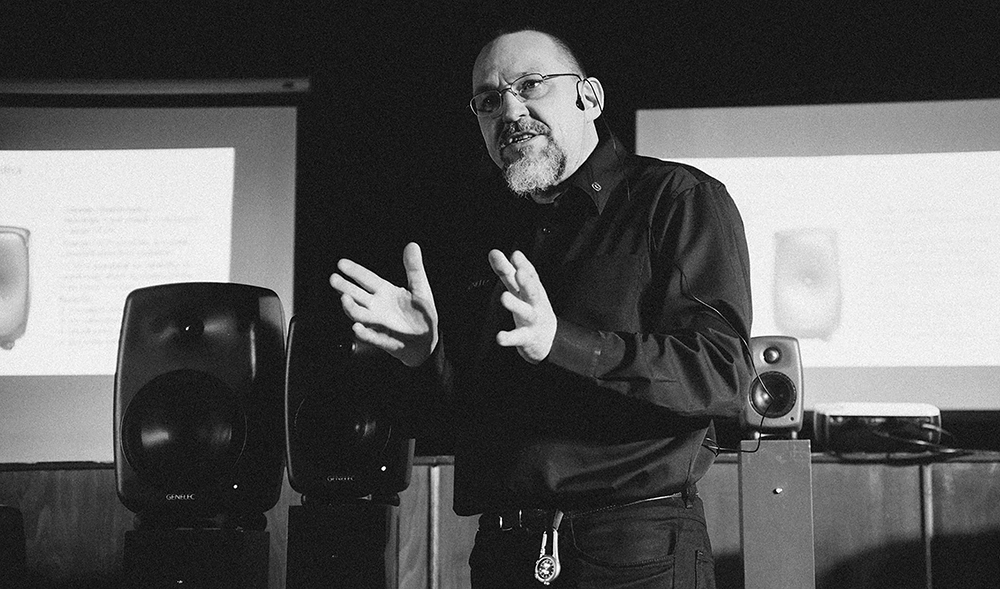
Genelec’s latest monitors, The Ones, have certainly created a stir since their announcement last May. The MusicTech review summed it up by concluding:
“The Ones have been a nightmare to review, as there is so much technology behind them to impart and explain, but the bottom line is that Genelec has refined, engineered and processed its history into a range of incredible speakers that will set the standard for years to come.”
The Ones, then, will maintain Genelec’s status as one of the best brands in pro monitoring, but it’s a reputation that has been earned over a relatively short period. The company was founded in 1978 after acoustic postgraduates Ilpo Martikainen and Topi Partanen designed their first active monitor, the S30, for the Finnish Broadcasting company, YLE, in Helsinki.
Within a decade, Genelec had a lineup of 12 different monitors, including the 1022A, a monitor that would pave the way for the distinctive, rounded speakers that the company is now so well known for – a design that helps eliminate diffraction and control directivity.
Genelec’s 1989 release, the 1035A, would become a staple in many studios thanks to its low distortion and colouration and two years later, the 1031A was released, which has now become a studio classic: a speaker that Genelec describes as “the mother of all modern two-way active monitors”, thanks to its high output and extended flat response. It stayed in production for an incredible 15 years, after which it was replaced by the 8050A, part of the company’s current 8000 series.
Play it again, SAM
In 2012, Genelec announced SAM (Smart Active Monitor), the latest version of its speaker correction technology and which is superbly implemented in The Ones and many of the company’s other current monitors. The technology has now matured into a seamless self-diagnostic process, where the SAM speakers can effectively measure your room using GLM (Genelec Loudspeaker Manager) software and then flatten their responses to make up for any room anomalies.
It’s an incredible technology to behold in action, but also quite a straightforward one – “a very simple operation and a very transparent process”, we said in our review. Aki Mäkivirta is the R&D director at Genelec and first joined the company back in 1995 to help develop the then-fledgling speaker diagnostic technology.
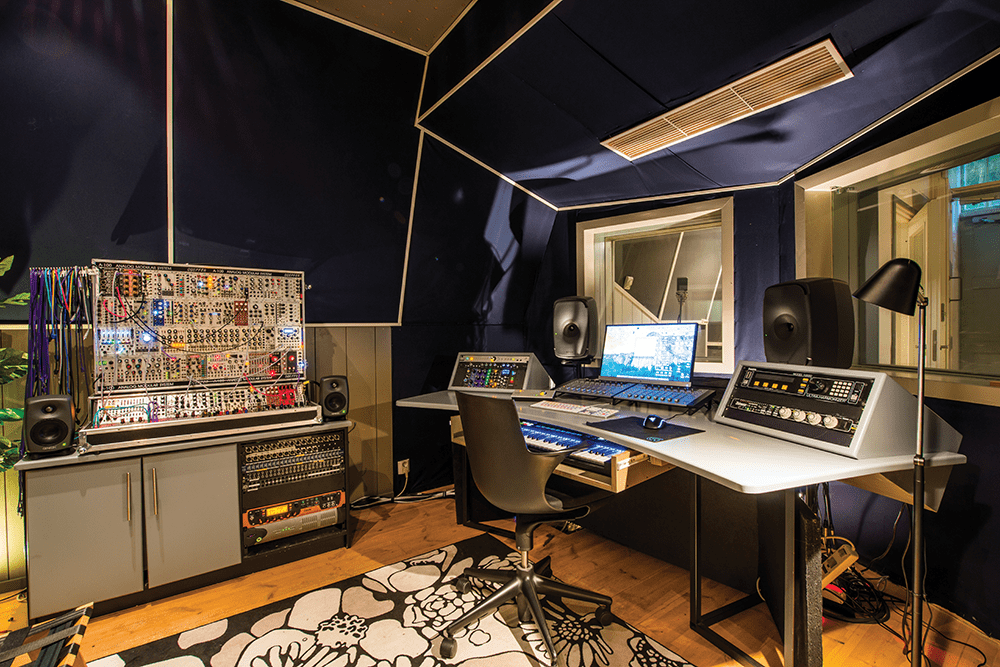
In fact, monitors that can adjust according to their surroundings have always been one of the company’s initial goals, as he explains. “Our original philosophy was to offer reliable, neutral sound reproduction regardless of monitor size, as well as the ability to adapt their frequency response to the listening environment.
Even our very first product, the S30, had basic room-compensation controls to help the engineer tune the speakers to the room, and our goal of removing the room’s influence as much as possible is still continuing and being refined. Our mission is to help our customers fulfil their dreams by offering them the most truthful sound reproduction possible – and we’ll always be striving for better.”
Looking back over four decades of releases, Aki agrees that the 1031A was a milestone. “Its excellent stereo imaging and neutral frequency response – even in difficult acoustic environments – made it perfect for music studios, broadcast, OB vans and engineers on the move between studios.”
He also considers the company’s more recent 8000 series to be just as important. “In 2004, the range became a new standard,” he says. “They’re small footprint monitors delivering neutrality and great imaging both on and off axis and they remain much loved the world over. Fast-forward to today, we’ve long been pioneering flexible signal processing to improve how well our loudspeakers can work in different environments.
“Our SAM monitors employ internal DSP that can be computer-optimised to suit the user’s room and loudspeaker location, improving the monitor’s response even in challenging spaces. This is the next step in the active-monitor concept, making it even better equipped for real-life challenges: The Ones are the culmination of this approach and look set to become our new benchmark products.”
The Ones
MusicTech readers, it seems, agree with Aki on this ‘benchmark’ claim, as The Ones ran away with our the Best Overall Hardware Of 2017 Award in our Gear Of The Year issue, as well as a coveted TEC Award at this year’s NAMM show. On top of the SAM and GLM room-correction technology and the familiar Genelec curved design, these speakers have a single front baffle that covers the woofers and becomes a continuous large wave guide that helps directivity and also contributes to the width of the listening sweet spot.
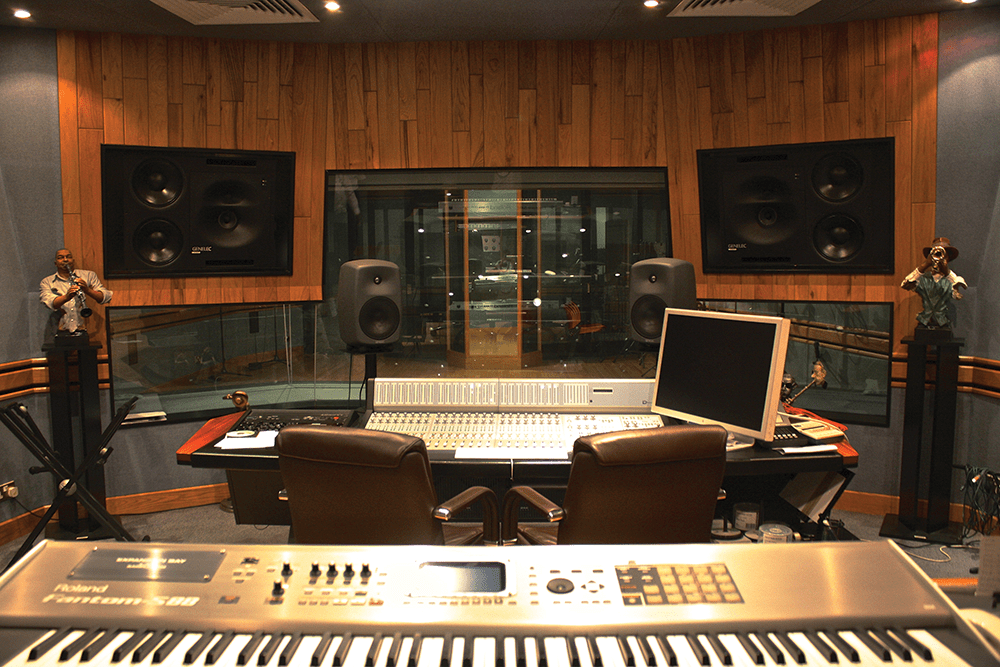
The design also means that you can place the monitors horizontally and vertically without affecting performance. If you add that design to all the other innovations, then there’s a good argument to say – which we did in the review – that The Ones are the culmination of years of Genelec R&D. We said: “The Ones have effectively taken all the best bits from Genelec’s history – and there are a lot of amazing bits of that to choose from – and moulded it all into a speaker range that is second to none.”
“Our goal was to distil all the benefits of a three-way speaker design into a nearfield-sized enclosure,” he continues, “and to make it acoustically coaxial, so that it delivers less colouration, unrivalled on- and off-axis response, and reduced listener fatigue. This means you can work for much longer and yet still make accurate mix decisions, even at very close distances.”
Monitor advice
Aki has this advice if you are upgrading your speaker setup…
“The most frequent question I get asked is simply: ‘What are the best monitors for me?’ I usually recommend a listening test with the prospective monitors at the location where the monitors are going to be used, if possible. Then I get asked about how to use the monitors in the best possible way: ‘Where should I place the monitors?’ or: ‘Can I do anything to clean up the early reflections in the critical mid-range frequencies?’ Reproduction of the low frequencies also seems to generate a lot of questions. ‘Should I use a subwoofer?’ and ‘Where do I place it?”… Low-frequency reproduction is a common problem in many studios, since rooms typically have significant acoustic challenges at low frequencies.
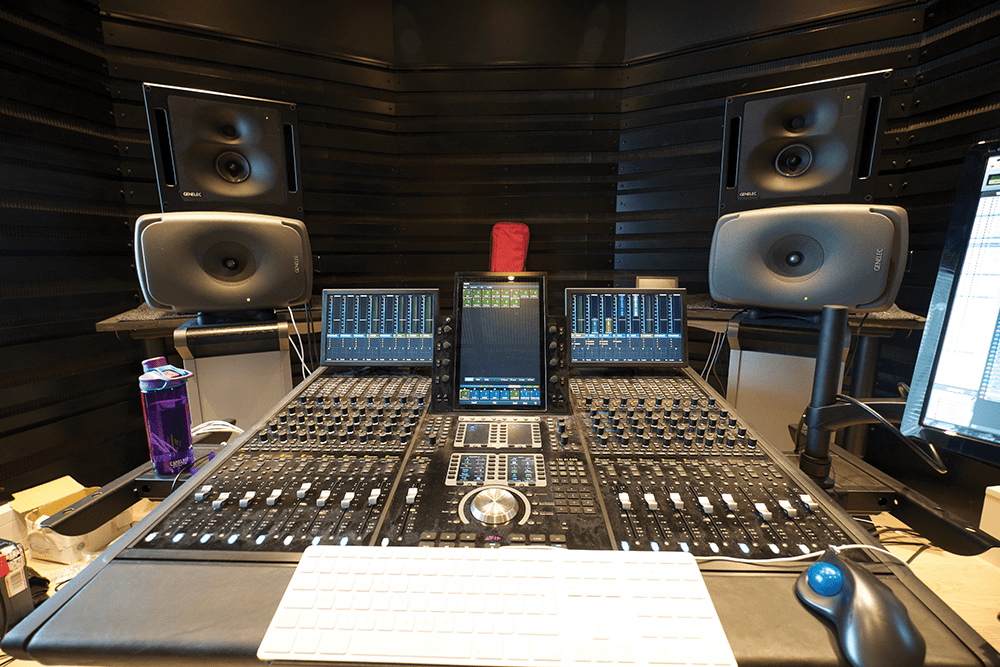
“The answers to all of these questions are often limited by the practical circumstances,” Aki continues. “Your ears tell you the truth and I’ve come to realise that professionals are usually excellent listeners. The key is to educate yourself to understand what you hear – it can explain a lot. My recommendation is to experiment by modifying the location of the loudspeakers, subwoofer and your seat, to find out what brings improvements to your monitoring results. And test by listening to a high-quality recording you know well.
“Always use the same set of recordings, since this creates understanding and enables comparison.” So what is the most common monitoring error that Aki comes across when visiting studios? “The mistake I encounter frequently is the engineer or producer has set the monitors up so they reproduce a ‘grand’ sound, instead of an ‘honest and truthful’ sound. Maybe there’s a bass boost, so the bassline and drums will sound more powerful and it creates a grand feeling. But the outcome is the final mix will be ‘bass light’ (because there was excessive level) and maybe also lacking in highs (because there was a nice ‘smiley’ system response) and the end result just doesn’t sound good. You have to always go for an honest, neutral monitor sound which enables you to hear and judge correctly.”
Sound of the future
So where does Genelec go after The Ones? If they are the pinnacle, what does the company have planned next?
“There are a lot of challenges ahead of us,” Aki replies. “We strive for perfect audio monitoring and there is a lot of unfinished research to reach that goal. One challenge I see is to improve the understanding professionals have of acoustics and audio-monitoring technology. The audio monitor is the ‘window’ enabling the audio engineer to experience the nuances of his recording, and this defines the limits of ‘visibility’ in the recording. Unfortunately, this is not always fully understood and sometimes people are happy to use ’good enough’ monitors.
“Education is the key and we want to not only offer premium monitoring products, but also furnish the professional with information about their importance and correct use. Acoustics is not complex, it is easy, and it’s not magic – we all hear the influences – but we must increase understanding through education. Our demo rooms, such as the Genelec Experience Centre in London, are a window to experience high resolution monitoring systems, and learn about monitoring technology and I hope to develop this work in the future.”
There are many high-profile facilities around the world which have adopted Genelecs as their monitoring choice, so which are Aki’s highlights?
“Well, over 40 years there are so many,” he says, “but focusing firstly on the UK, I’ll pick some contrasting facilities. Big flagship commercial studios like RAK, British Grove and Metropolis all own Genelecs. Metropolis migrated from our original 1035 main monitors to the SAM generation 1236s, simply because their engineers and clients know and trust the Genelec brand, and SAM technology enables even a well-designed studio to extract that extra bit of performance from their monitoring system.
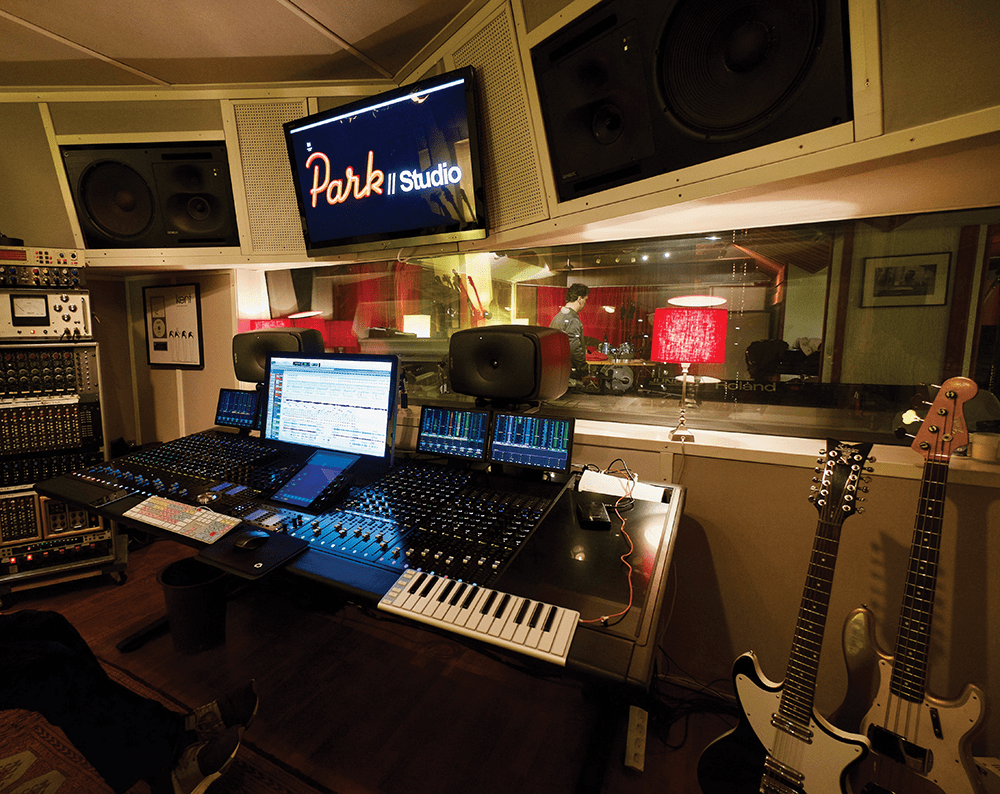
“Then there are the many high-profile Genelec users,” Aki continues. “It makes me humble to see that so many top producers and recording engineers increasingly go to Genelec when they want to make sure they hear exactly what has been recorded. To me, the fact that Genelec monitors are the go-to choice for so many varied and contrasting locations makes my job endlessly fascinating. Fraser T Smith (Stormzy, Sam Smith, Adele, Gorillaz) has an extremely well-equipped studio based around Genelec monitors, as does Andy Barlow of Lamb, who has produced U2’s Songs Of Experience. Andy recently installed 1238s in his home studio, with 8331s from The Ones series as his mobile mixing reference. His work takes him all over the world, and into all manner of quirky spaces, so our SAM technology means he can set up anywhere, calibrate the system and still get a reliable reference.”
Truth in sound
Aki continues: “Holland’s leading studio designer, Jan Morel, helps equip the studios of European EDM superstars like David Guetta, Hardwell, Nicky Romero, and Martin Garrix. His monitor of choice is Genelec, as they deliver the required power and energy for EDM without fatiguing the listener, and they sound just as good at low volume, too.”
At the other end of the scale, Aki goes on to detail some of the higher-end installations that feature multiple Genelec monitor setups, including an incredible 370 at Sky TV’s West London HQ, Surrey University’s 22.2 critical listening system, and the G Livelab in Helsinki which features 80 Genelec monitors.
“It has to be on the of the most exquisite-sounding live venues anywhere in the world,” Aki says. “What amazes me is how Genelec products find their way into demanding audio-monitoring applications, without exception,” he concludes, “be it a high-profile studio monitoring room with well-engineered acoustical design, a home studio, an OB van, or the challenging modern stripped-down, low-cost production environment that we see today. We’d like to be the company that delivers trustworthy, truthful products that enable you to hear all the details, exactly as they are. Genelec products are easy to use, fast to install and they just work, year after year. You may change all the gear in your studio over the years, but you keep your Genelecs, because you know you can trust them. That’s where we want to be.”
Vision of the future
Aki has a very optimistic vision for the future of music production. “There’s more high-level education in music production than ever and high technical quality is more accessible than ever. It’s a very bright future, with music producers having both greater skills and improved tools to better implement their ideas. While the profit-making mechanisms in music production seem to be changing fast, more music is being produced than ever. I have great confidence in the people working in the industry. They will find the way and we will all enjoy more creative music.”